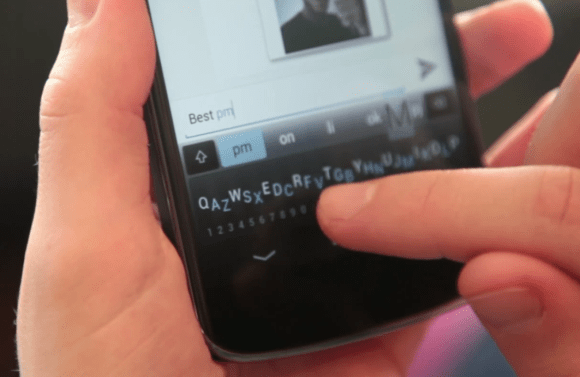Last week we caught wind of a piece from the Today Show that shows very technically minded thieves stealing cars with a small device. Cops don’t know how they’re doing it, and of course the Today show (and the Hackaday comments) were full of speculation. The top three theories for how these thieves are unlocking car doors are jamming a keyless entry’s ‘lock signal’, a radio transmitter to send an ‘unlock’ code, or a small EMP device touched to the passenger side door to make it unlock.
That last theory – using a small EMP device to unlock a car’s door – got the attention of someone who builds mini EMP devices and has used them to get credits on slot machines. He emailed us under a condition of anonymity, but he says it’s highly unlikely a mini EMP device would be able to activate the solenoid on a car door.
This anonymous electromagnetic wizard would like to open up a challenge to Hackaday readers, though: demonstrate a miniature EMP device able to unlock an unmodified car door, and you’ll earn the respect of high voltage tinkerers the world over. If you’re successful you could always sell your device to a few criminal interests, but let’s keep things above board here.















